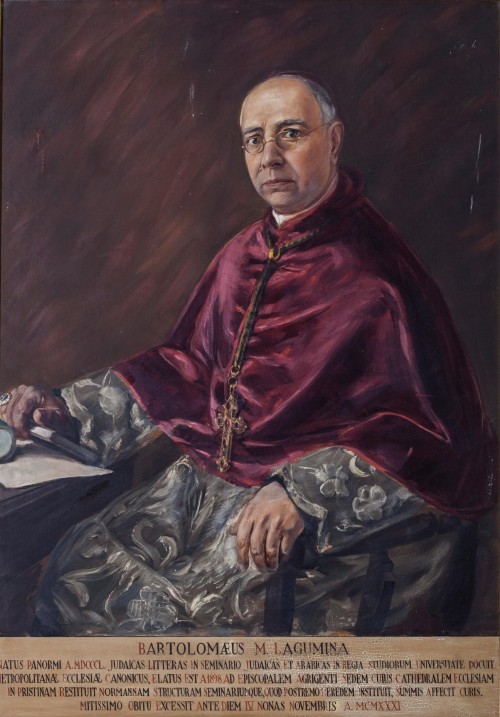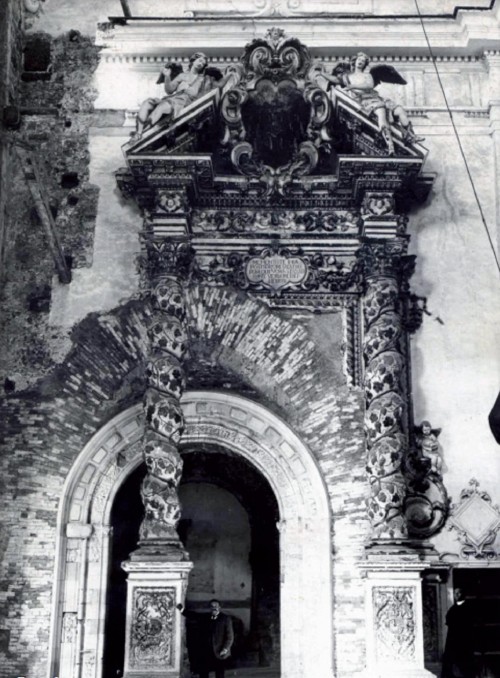Arabista, semitista e insigne numismatico. Per le sue numerose pubblicazioni può considerarsi l’iniziatore di un corpus epigrafico semitico in Sicilia. Continuò l’opera sociale del Blandini e fu generoso con il Seminario.
Durante il suo episcopato tra le diverse attività pastorali, compì la Visita Pastorale della Diocesi e favorì iniziative volte al suo miglioramento spirituale. Fondò il Bollettino Ecclesiastico Agrigentino organo ufficiale della Diocesi.
Dopo aver commissionato lavori di restauro della navata settentrionale, volle ripristinare l'antica architettura medievale, scrostando lo stucco dalle colonne e dagli archi, liberando le pareti laterali dagli altari che vi erano addossati e dalle cornici, tribune e timpani barocchi che le ornavano. La scoperta, nel 1908, di una finestra ogivale nella parete nord e la scoperta, sotto l’intonaco seicentesco, delle arcate medievali diede impulso alla ricerca delle vestigia antiche della Cattedrale. Fu scoperto il sacello medievale, dove fu trasferita l'urna di San Gerlando e aperta la cappella di San Bartolomeo sotto la torre dell’orologio.
Il coro che si trovava nel mezzo della chiesa, sotto il soffitto a cassettoni, è stato spostato e trasferito dentro il cappellone dove, nel centro dell'abside, fu rinnovato l'altare maggiore, consacrato nel 1908.
Nel 1913 venne abbattuto l’altare nord del transetto, riportando alla luce la cappella rinascimentale della famiglia De Marinis, che fu adibita a battistero dal vescovo, durante la celebrazione del Sabato Santo del 1914. Con il susseguirsi dei lavori vennero alla luce ampi brani di affreschi medievali che furono staccati nel 1951 e, oggi sono custoditi presso il Museo Diocesano. A seguito dei lavori andarono perduti il pulpito e le cantorie addossate alla controfacciata, l’organo collocato sul lato nord e tutti gli altari e le cappelle laterali. Rimasero preservate dalla trasformazioni la cappella barocca di san Gerlando e la cappella quella dirimpetto, destinata alla sepoltura dei canonci e oggi cappella del Redentore.
Nel 1933 durante l’episcopato del vescovo Peruzzo è stato smontato l’organo seicento e assemblato, con nuove parti (Mascioni), e collocato sotto il catino absidale della navata centrale.


